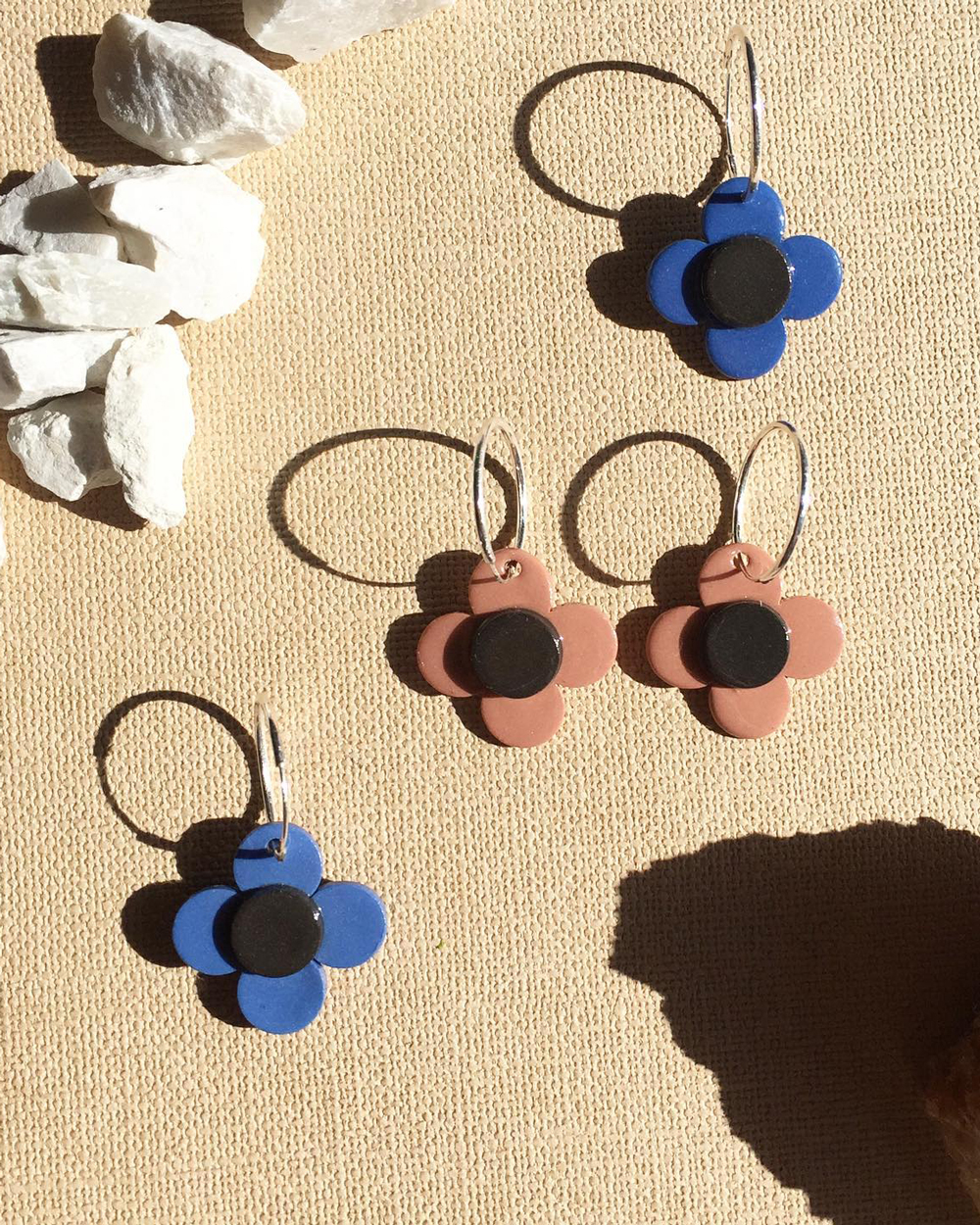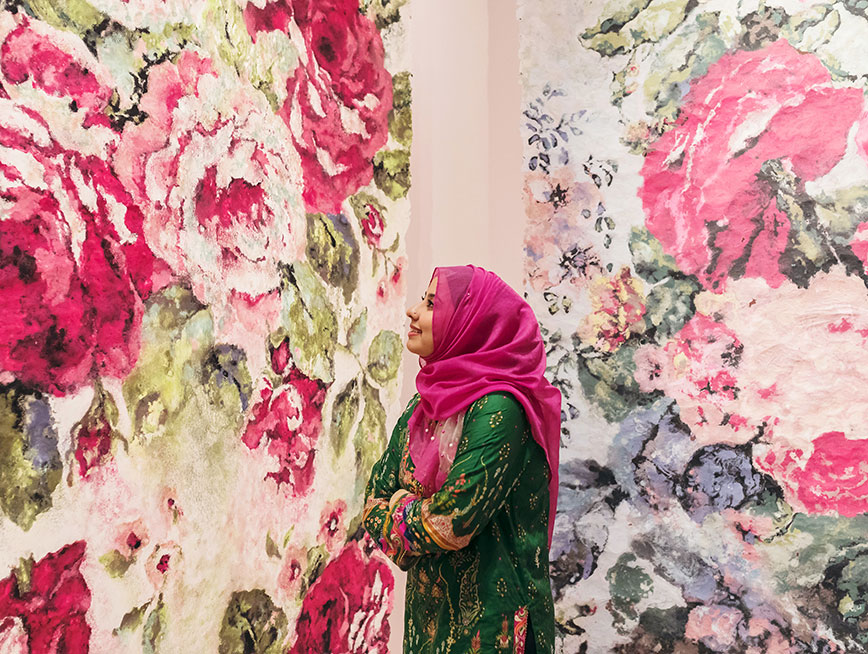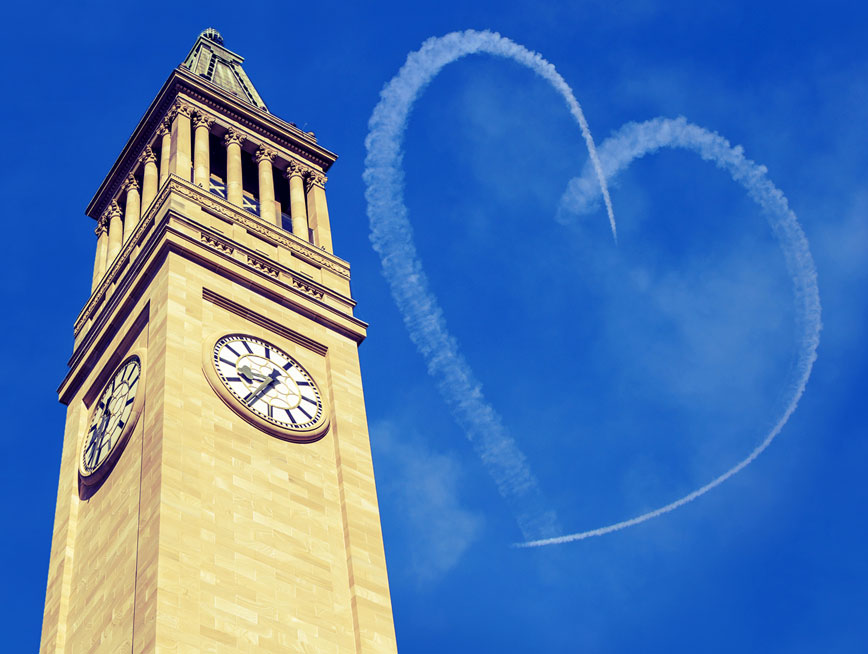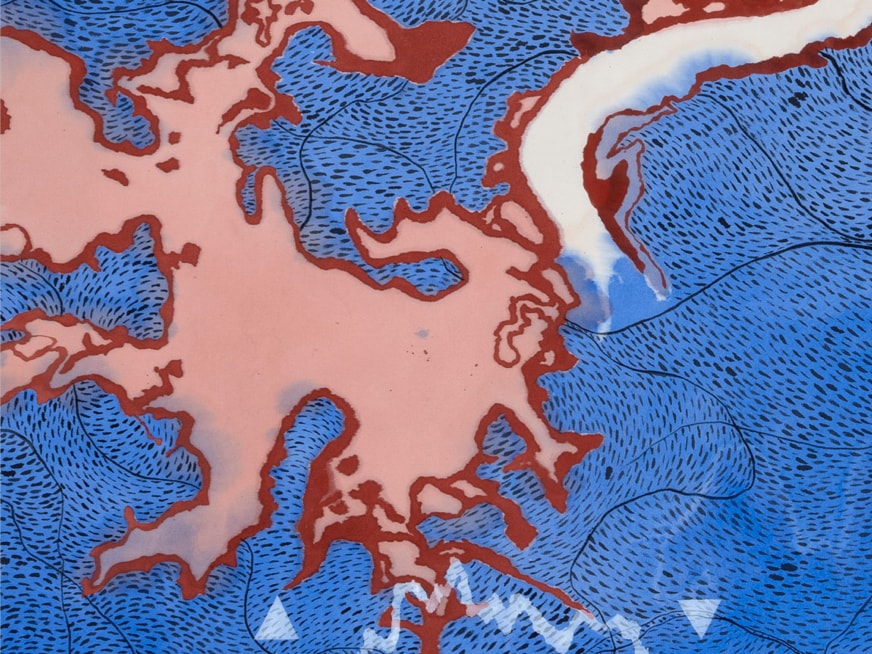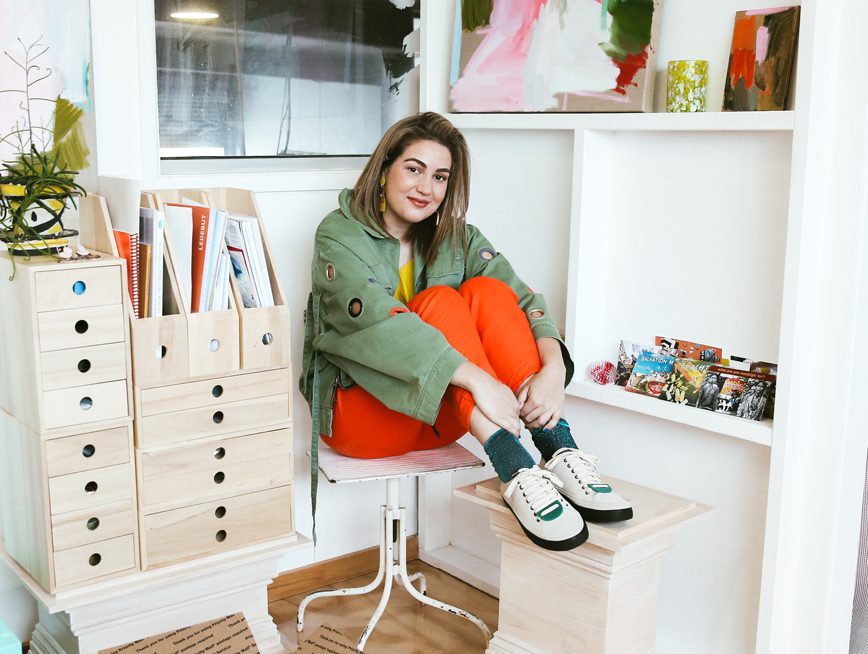16 SEPTEMBER 2021
For almost a decade, Brisbane designer Erin Lightfoot has been dedicated to building a ceramics studio creating small, unique porcelain ranges. Erin creates simple forms which are thoughtfully decorated with subtly-hued colour schemes and geometric pattern. Each piece is made in house by Erin and a small skilled team who include her husband Tang and brother Jono.
Explore the Erin Lightfoot collection at MoB Shop or meet Erin in person at MoB Shop: Meet the Makers.
You studied fashion design, how did you end up working with ceramics as your primary medium and how is it significant for you as an artist?
Fashion gave me a love of textile and print design. Print is something that can be used in so many ways but I was interested in finding a pairing that was slightly unusual. The idea of fusing print and ceramics excited me because although when I started 10 years ago, I was familiar with tableware and teapots that utilised decorative print motifs, I hadn’t seen so much contemporary use of pattern and colour to decorate work. I felt like my designs would add value to this material and so I started experimenting with it.
You recently collaborated with Fashion 360 on a stunning range featuring your print designs. What do you think the key is to a successful collab?
Respect for each others work. The collaboration was really born out of a mutual appreciation for each others skill sets and in seeing the potential in combining our skills. Thuy from Fashion360 is tremendously disciplined, dedicated and skilled in all aspects of fashion design and construction. I knew that in partnering with her it was a unique opportunity to create garments in the best way they can be made. I designed the fabric and Thuy designed the garments with her expertise for fit, unique detail and in ensuring immaculate construction standards.
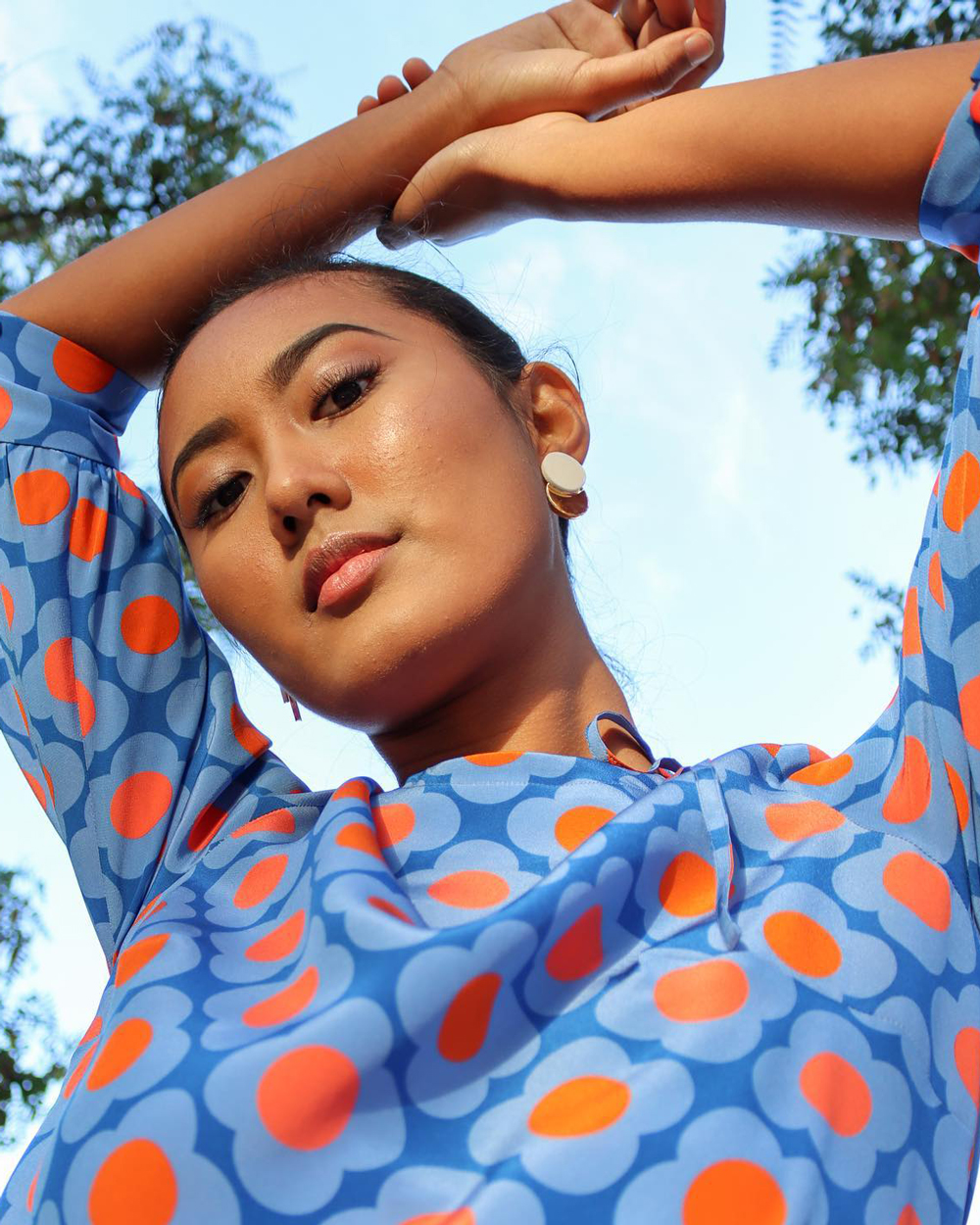
Which part of the process of making ceramics do you enjoy the most?
I like the decorative and the fiddly elements of refining work and making it the best it can be. So that’s in the attention you bring to developing and improving your technique be that blending a seam, glazing or painting the 24k gold highlights.
Your studio is based in the Brisbane suburb of Red Hill, how does living in Brisbane influence your practice?
Hard to say… is there a freedom and unabashed sense of colour that comes with the territory? Not sure… I do know living here made it possible to build a business in the first place. Part of my choosing Brisbane was the access to a large space for affordable rent. The key thing is that it is a full-time arts practice which means I am able to keep developing and producing work. That momentum is what helps me grow creatively.
Was there a pivotal time in your career that defined your art practice?
Hmmm I’ve never considered this… I suppose the decision to start was key… which at the time was setting a goal to create a collection of printed ceramic bangles. It has been a slow, bit by bit build to create a brand that is now ten years old.
Early on I happened to meet a creative partner (now husband) who was willing to come on board to the business and put his energy into helping it grow. Arts practice and small business take untold hours of unpaid work so you need dedicated people to help you keep going. My style has evolved and grown over the years but the core reason I started and a big part of my interest remains in print design so that has been a key pillar of the brand.
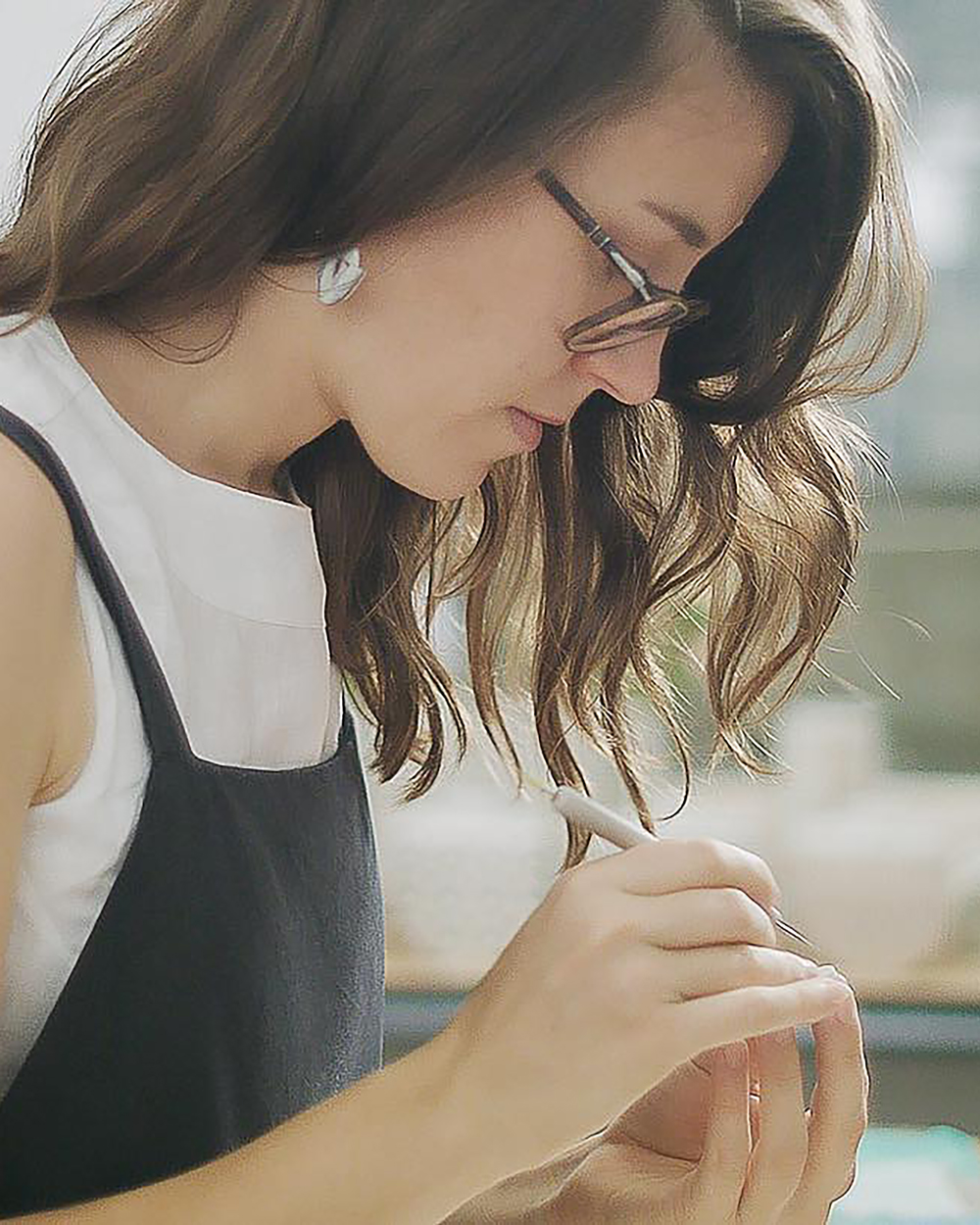
What does a day in the life of Erin look like? Tell us about your creative process.
A day in the life is getting up and doing the usual family morning tasks of unpacking the dishwasher, making toddlers lunch box and having breakfast. Tang (business partner/husband) and I usually talk through the production tasks that need doing that day.
We are a production studio so much of our energy is spent on the making of our pieces. For me creativity has to come into scheduled blocks. There are two elements, one is that you have a mind open to ideas and are turning things over all the time. The other is the reality of fitting creative output into a business schedule which means allotting time and working through ideas in that time even if you aren’t ‘feeling it’.
Why is creating handmade objects important to you?
Great design is important to me and then it is a matter of finding the production method that is best suited to producing those designs. For my ceramics, that is handmaking with the use of moulds and tools. Hands are incredible at intricate tasks so are suited to producing the type of work I make.
I think of our process as similar to an artisan bakery. It is about producing in batches but every single piece has to be made with pride and care. I think that when things are made with this intention it makes all the difference to the finished result and is what makes an object worth keeping for the long term.
